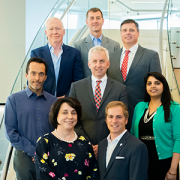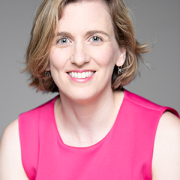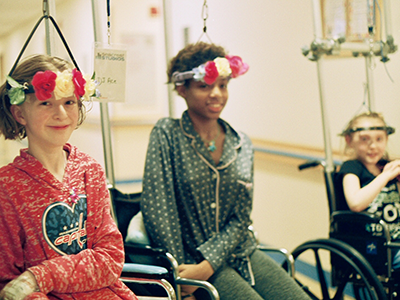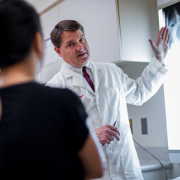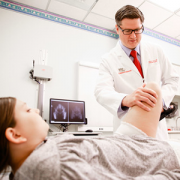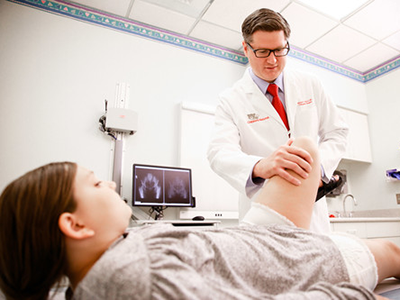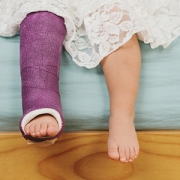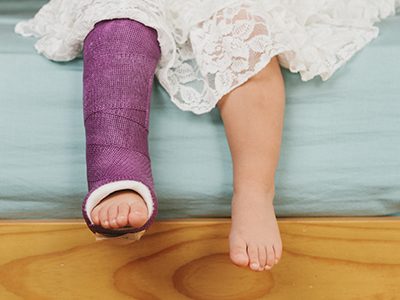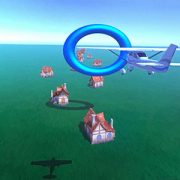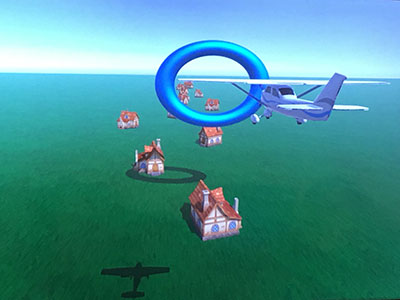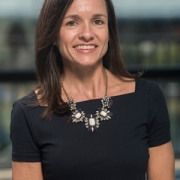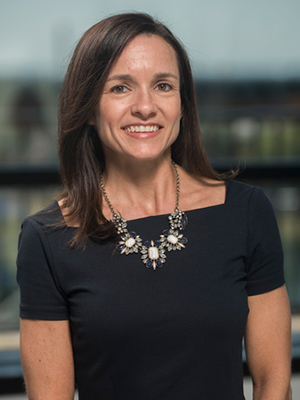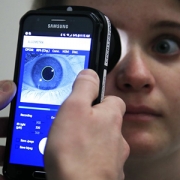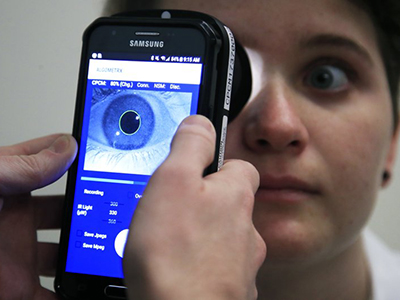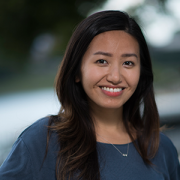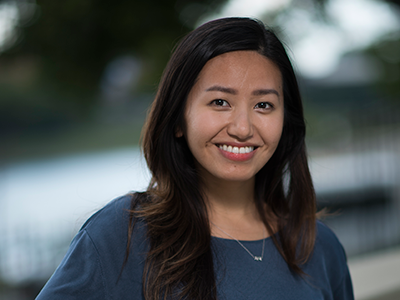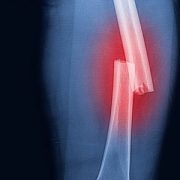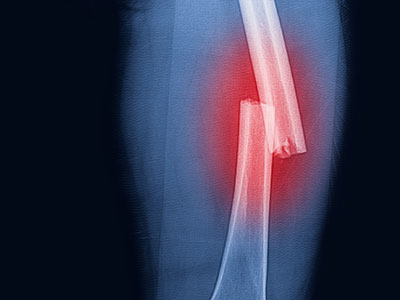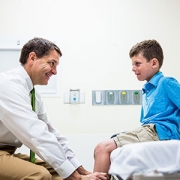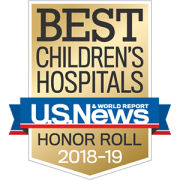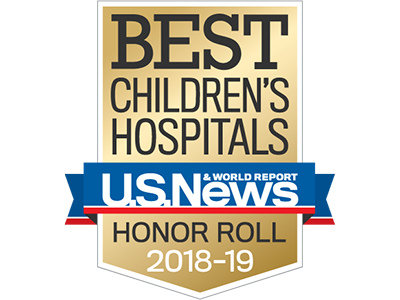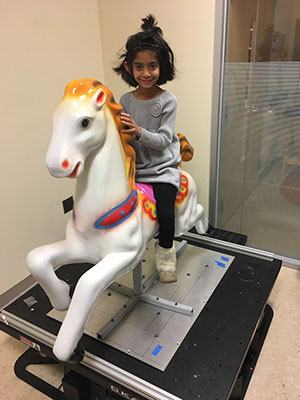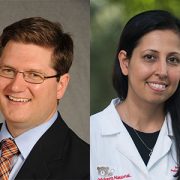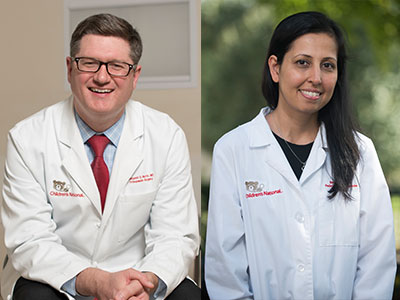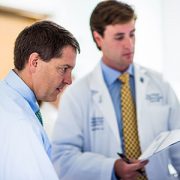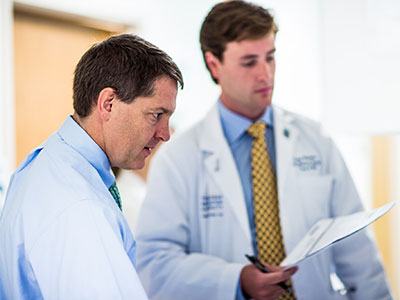NCC-PDI announces medical device pitch winners
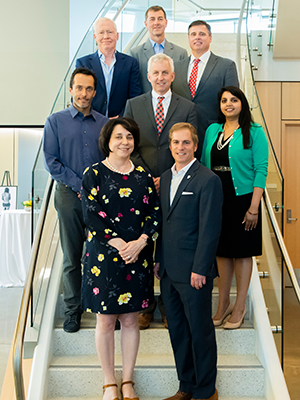
Five pediatric medical device innovators each captured $50K in funding and access to a new pediatric device accelerator program in a competition hosted April 30, 2019 by National Capital Consortium for Pediatric Device Innovation that focused on orthopedic and spine devices. Clockwise from front left: Kolaleh Eskandanian, Children’s National Health System; Cristian Atria, nView Medical; John Barrett, Auctus Surgical Inc.; Paul Mraz, ApiFix; Dan Sands, AMB Surgical II; Anuradha Dayal, BabySteps, Children’s National Health System; Paul Grand, MedTech Innovator; (center) Bill Bentley, Robert E. Fischell Institute for Biomedical Devices, University of Maryland.
The National Capital Consortium for Pediatric Device Innovation (NCC-PDI) announced five winners of its “Make Your Medical Device Pitch for Kids!” competition held on April 30 at the University of Maryland. Each winner receives $50,000 in grant funding and gains access to the consortium’s first-of-its-kind “Pediatric Device Innovator Accelerator Program” led by MedTech Innovator.
NCC-PDI, one of five FDA Pediatric Device Consortia grant programs that support the development and commercialization of pediatric medical devices, is led by the Sheikh Zayed Institute for Pediatric Surgical Innovation at Children’s National Health System and the A. James Clark School of Engineering at the University of Maryland. The consortium recently added new accelerators BioHealth Innovation and MedTech Innovator and design firm partner, Smithwise.
A panel of 32 expert judges from business, healthcare, regulatory and legal sectors selected the winners based on the clinical significance and commercial feasibility of their medical devices for children. The competition focused solely on advancing care in the pediatric orthopedics and spine sector which the FDA identified as an emerging underserved specialty lacking innovation.
The competition winners are:
- AMB Surgical, LLC, Dayton, Ohio – FLYTE, a device designed to reduce invasive and repetitive surgery in children and teens with orthopedic illnesses such as scoliosis and limb abnormalities
- Auctus Surgical, Inc., San Francisco, Calif. – Auctus Surgical Dynamic Spinal Tethering System, a mechanism used to correct the scoliotic spine in pediatric patients through a tethering procedure
- ApiFix Ltd, Boston, Mass. – ApiFix’s Minimally Invasive Deformity Correction (MID-C) System, a posterior dynamic deformity correction system for surgical treatment to provide permanent spinal curve correction while retaining flexibility
- Children’s National Health System, Washington, D.C.– Babysteps platform to improve initial assessment of clubfoot deformity and predict the magnitude of correction
- nView Medical, Salt Lake City, Utah – Surgical scanner using AI-based image creation to provide instant 3D imaging during surgery to improve imagery speed and accuracy
“All finalists are winners and we believe that, with NCC-PDI’s support, some of the awarded devices will be available to orthopedic and spine clinicians in the near future. That is vitally important since innovation has been stagnant in this area,” says Kolaleh Eskandanian, Ph.D., MBA, PMP, vice president and chief innovation officer at Children’s National and principal investigator of NCC-PDI. “This competition aims to increase the profile of companies by exposing them to a panel of industry leaders who may become future investors or strategic partners.”
Through the inaugural NCC-PDI “Pediatric Device Innovator Accelerator Program,” MedTech Innovator is providing winners with virtual in-depth, customized mentorship from some of the industry’s leading executives and investors. MedTech Innovator has a proven track record of identifying early-stage medical device companies with the key characteristics required for commercial success and accelerating their growth through its vast ecosystem of resources.
“As a pediatric orthopedic surgeon, I am encouraged by the innovations presented at this competition,” says Matthew Oetgen, M.D., division chief of Orthopaedic Surgery and Sports Medicine at Children’s National, who served on the judging panel. “We need more devices that compensate for the smaller size of children compared to adults and that can adapt as children’s bones continue to grow and develop. The finalists who competed fully embraced that challenge.”
This was NCC-PDI’s eighth competition in six years and a ninth competition is planned for fall 2019 that focuses on NICU. Including this recent round of winners, the consortium has supported 94 pediatric medical devices and helped five companies receive FDA or CE mark regulatory clearance.
To learn more about the winners and the fall 2019 pitch competition, visit the National Capital Consortium for Pediatric Device Innovation website.


